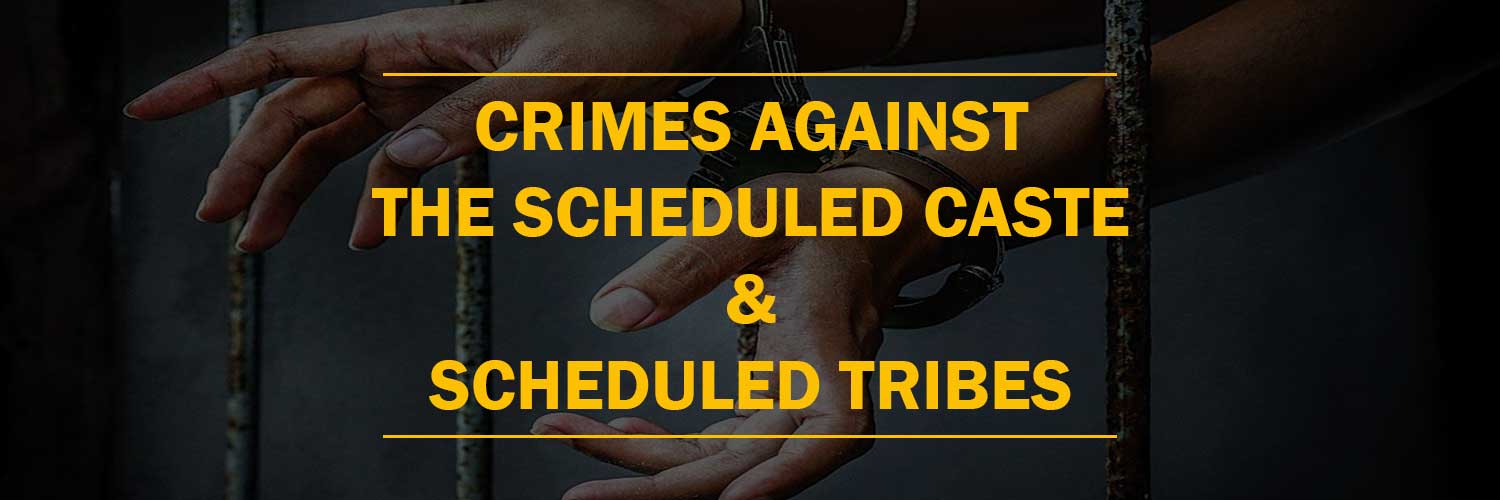The suspension of Members of Parliament (MPs) stemmed from their involvement in disrupting the parliamentary proceedings following a security breach that occurred on December 13, 2023.
On this day, during the session, two individuals breached security protocols by jumping into the Lok Sabha chamber from the visitors’ gallery. Subsequently, these intruders released yellow gas from canisters while shouting slogans, creating a chaotic and potentially dangerous situation within the parliamentary premises. The incident, occurring on the anniversary of the 2001 Parliament terror attack, was viewed as a significant security lapse.
In response to the security breach, there were calls for a comprehensive review of the existing security protocols within the parliamentary complex. Recommendations for enhanced security measures, including technological upgrades, increased personnel, and stricter access controls, gained prominence. The incident prompted a broader conversation on fortifying the security infrastructure of critical government institutions to prevent similar breaches in the future. Hence, the reason for protests from Members of Parliament within its premises disrupting the session proceedings.
The suspended MPs represented various opposition parties, including Congress, DMK, CPM, CPI, and TMC. The charges against them included accusations of
– Unruly and violent behaviour,
– Intentional attacks on security personnel, and
– Unprecedented acts of misconduct.
The substantial reasons include:
- Unruly Conduct: The MPs disrupted the normal proceedings of the House by insisting on a government statement regarding the security breach on December 13, 2023. Additionally, they entered the well of the House, raising slogans and causing further disturbance.
- Disregard for the Chair’s Authority: The MPs openly defied orders from the Chair to leave the House after being named. Furthermore, they resisted complying with the suspension motion, refusing to vacate the premises even after the motion was passed.
- Contemptuous Actions: The MPs, through persistent and deliberate actions, breached the established rules of procedure and conduct of business within the House. Their continuous obstruction of House proceedings demonstrated a blatant disregard for the rules. Moreover, they openly challenged both the decisions made by the House and the directives given by the Chair.
These serious allegations prompted the decision to suspend the MPs as a disciplinary measure to address their involvement in the disturbance, ensuring accountability for their actions and upholding the integrity of parliamentary proceedings.
Coming to the rules under which such an action had been initiated is as discussed below. Suspension rules in the Lok Sabha and Rajya Sabha differ, with distinct procedures for each:
For Lok Sabha:
- The Speaker possesses the authority to suspend Members of Parliament.
- Suspension can be enforced if MPs willfully cause disruptions or obstruct the business of the House, as outlined in Rule 375 and Rule 374A.
- The suspension can last for either five consecutive sittings or the remainder of the session, depending on which is less.
Rajya Sabha:
- The Chairman is empowered to take action against Members of Parliament who violate the rules.
- Suspension may be warranted if a member disregards the authority of the Chair or persistently and willfully obstructs business.
- The Chairman can name a member, and subsequently, the House can adopt a motion to suspend the member for no more than the remainder of the session.
- The Chairman also has the option to refer the matter to the Committee of Privileges for additional investigation and action.
These distinct rules and procedures in each house aim to maintain order and discipline while ensuring that parliamentary business can proceed smoothly.
The authority to suspend Members of Parliament (MPs) rests with the Presiding Officer, either the Speaker of the Lok Sabha or the Chairman of the Rajya Sabha, as highlighted above. The primary responsibility of these officials is to maintain order and ensure the smooth functioning of the parliamentary sessions.
The rules of procedure and conduct, outlined in Rule 373, Rule 374, and Rule 374A for the Lok Sabha, and Rule 255 and Rule 256 for the Rajya Sabha, empower the Presiding Officer to take disciplinary actions against members whose conduct disrupts the proceedings or violates established rules.
In the Lok Sabha, Rule 374A introduces an automatic suspension provision for gross violations or severe charges. If a member is named by the Speaker, they can face suspension from the House for a specified period, not exceeding the remainder of the session. Similarly, the Rajya Sabha’s Rule 256 allows the Chairman to suspend a member for a duration not exceeding the remainder of the session.
The terms of suspension are clear—the suspended member is barred from entering the chamber, attending committee meetings, giving notices for discussions, and receiving replies to their questions. This means that a suspended MP loses the right to participate in the legislative business of the House and to represent their constituency or party on important matters. Therefore, the whole protest and clash between the opposition and the party in power.
However, a suspended MP can still attend the meetings of government selection panels in which they are a member as the leader of the principal opposition party or as a representative of their party.
Article 122 of the Constitution stipulates that parliamentary proceedings are beyond the purview of judicial review. Despite this constitutional provision, there have been instances where courts have intervened, as illustrated by the Supreme Court’s ruling on the Maharashtra Legislative Assembly’s resolution to suspend certain members. The court, in this case, held that the resolution was ineffective in law beyond the remainder of the session. This is the case of Subhash Desai Vs. Principal Secretary, Governor of Maharashtra & Ors. [Writ Petition (C) No. 493 of 2022]
In the Lok Sabha, the suspension of a Member of Parliament (MP) can occur under specific rules outlined in the Rules of Procedure and Conduct of Business. Rule 373 empowers the Speaker to direct a member to withdraw immediately from the House if their conduct is deemed grossly disorderly. The Speaker can utilize Rules 374 and 374A for more reluctant Members.
Under Rule 374, the Speaker may name a member who persistently and willfully obstructs the business of the House, disregards the authority of the Chair, or abuses the rules. If a member is named, a motion can be made to suspend that member for a period not exceeding the remainder of the session.
Rule 374A introduces automatic suspension for instances of grave disorder, such as a member entering the well of the House or persistently obstructing business. In such cases, the member stands automatically suspended for five consecutive sittings or the remainder of the session, whichever is less.
In the Rajya Sabha, Rule 256 provides the Chairman with the authority to name a member who persistently and willfully obstructs the business of the Council or abuses the rules. If a member is named, a motion can be moved and adopted by the House to suspend the member for a period not exceeding the remainder of the session. The House also has the power to terminate the suspension through another motion.
The terms of suspension are clear in both houses—the suspended member must immediately withdraw from the precincts of the House or Council. These rules are in place to maintain order and ensure the proper functioning of parliamentary proceedings, with provisions for both manual and automatic suspensions depending on the severity of the member’s actions.
UNDERSTANDING THE DIFFERENCE BETWEEN SUSPENSION AND EXPULSION
- Suspension is the temporary removal of a member from the House for a specific period, while expulsion is the permanent removal of a member from the House.
- Suspension is a less severe disciplinary action than expulsion, and it does not affect the membership status of the MP, while expulsion terminates the membership of the MP and creates a vacancy in the House.
- Suspension can be ordered by the presiding officer of the House, such as the Speaker of Lok Sabha or the Chairman of Rajya Sabha, under certain rules of procedure and conduct as explained above, while expulsion can only be done by a motion adopted by the House after a report by the Ethics Committee or a special inquiry committee.
- Suspension can last for a few days or the remainder of the session, depending on the severity of the offence and the rules invoked, while expulsion is permanent and irrevocable.
CONCLUSION
The political fallout is substantial, with opposition parties framing the suspensions as an attack on their right to dissent and hold the government accountable. The incident has further strained the relations between the ruling party and the opposition, setting the stage for intensified debates on parliamentary decorum, security measures, and the balance between dissent and discipline.
The suspension incident has acted as a catalyst for discussions on reforming parliamentary procedures to address disruptions more effectively. Some advocate for a code of conduct for MPs to ensure decorum during sessions, while others have proposed to strengthen the powers of the presiding officers to maintain order. The debate on striking the right balance between allowing dissent and maintaining discipline within the legislative framework has gained renewed attention.
Overall, the suspension of MPs following the security breach in Parliament has triggered a cascade of events, from public protests to legal challenges and discussions on parliamentary reforms.
This article is written and submitted by Priyadarshini Singh during her course of internship at B&B Associates LLP. Priyadarshini is a 3rd-year B.A.LL.B student at Symbiosis Law School, Noida.






